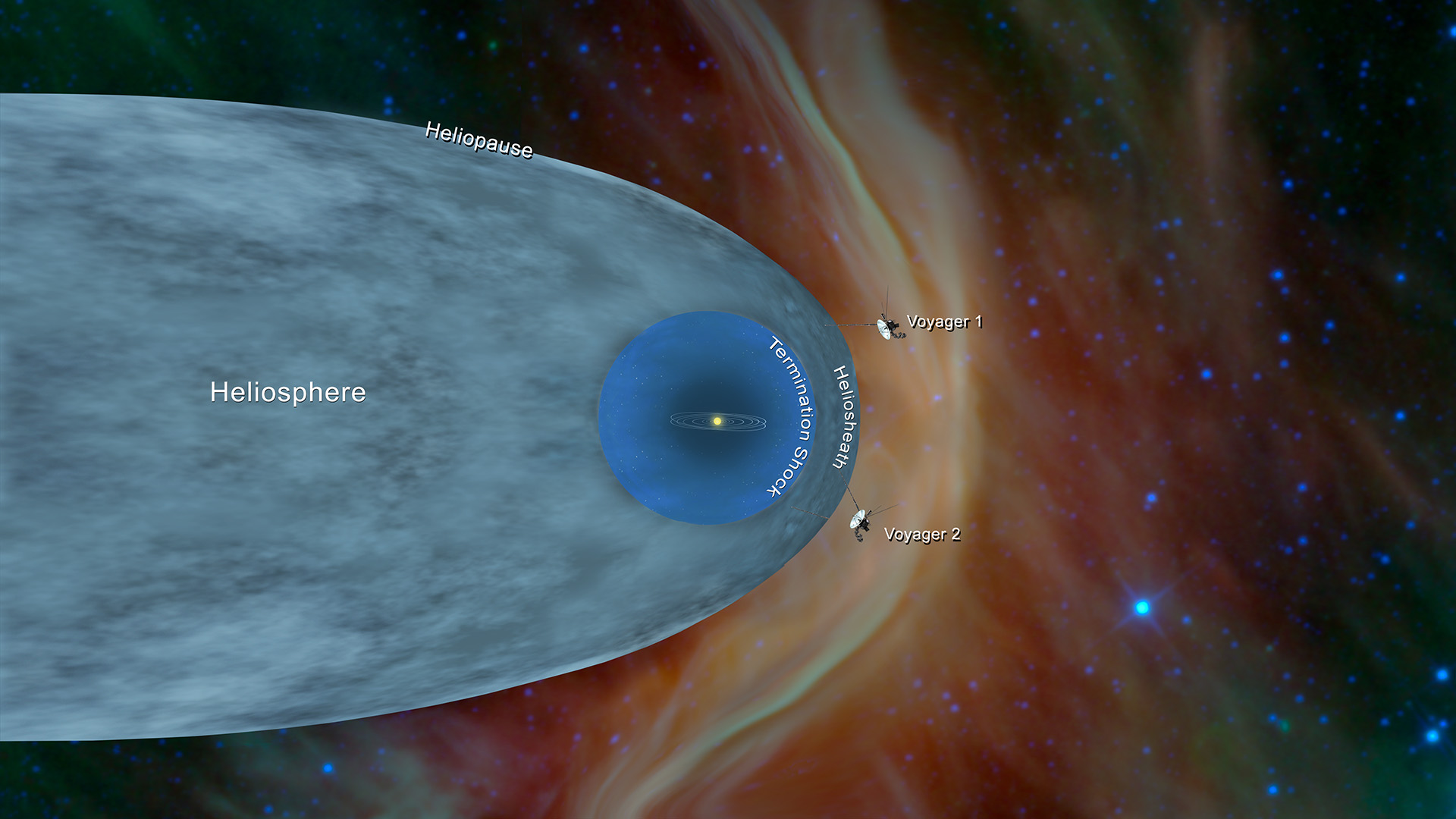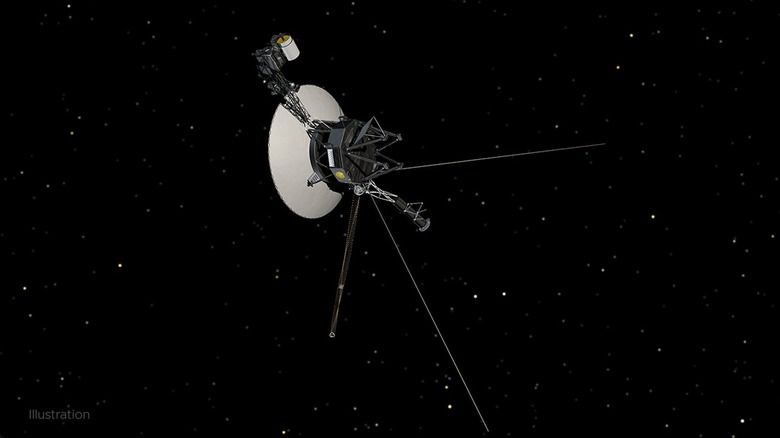NASA Just Sent A Software Update To A Spacecraft 12 Billion Miles Away
Voyager 2 is over 12 billion miles from Earth, making its way through interstellar space. Along its almost 50-year journey, the probe has seen more of the universe than we ever will. Now, NASA has completed a critical software update for Voyager 2 that will help keep it running even longer.
The update, which took almost 18 hours to complete, was transmitted to help Voyager 2 avoid the same problem that its sibling, Voyager 1, experienced last year. Back in 2022, NASA reported issues with readings from Voyager 1's AACS, which stands for attitude articular and control system. The telemetry data that NASA was getting didn't make sense, and NASA was concerned it had lost the probe forever.
Thankfully, the issue doesn't seem to have caused any lasting issues with Voyager 1, but NASA wants to avoid the same thing happening with Voyager 2, so it just sent out this huge software update. The patch is essentially an insurance policy that NASA hopes will project the probe for future interstellar space exploration.

Because the space probe is so far away, the data it sends back is exceptionally unique and important. And, since it took so long to send the update, NASA scientists are carrying out a readout of the AACS memory to ensure that it is in the right place for the update. If there aren't any issues, it will trigger the Voyager 2 update on October 28.
Considering NASA lost contact with Voyager 2 briefly earlier this year, the test has many people on the edge of their seats, waiting to see where things go.
NASA plans to use Voyager 2 as a testbed for the update. If all goes according to plan, it will also send the patch to Voyager 1, which is currently more than 15 billion miles away from Earth, thus making its data even more valuable than that of Voyager 2.
The space agency says it is also allowing both probes to turn more before reorienting them in an attempt to slow the build-up of propellant residue in the fuel lines. Either way, both probes will hopefully get the update, allowing them to run for several more years before NASA has to worry about either of them giving out.
